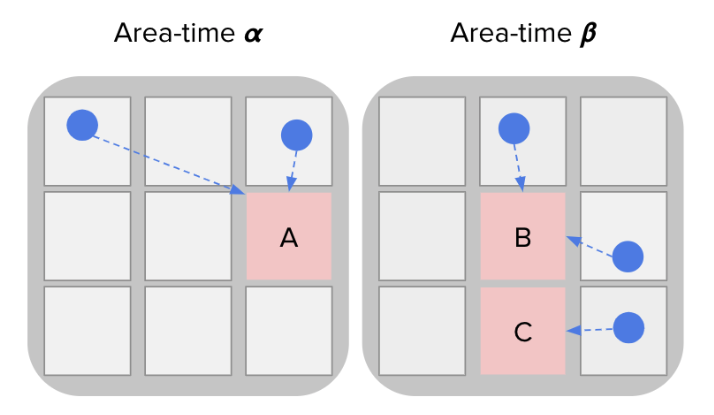
Supply Crunch Allocation Microservice
June – August 2021
Backend Software Engineer Intern
Grab, a leading Southeast Asian ride-hailing and food delivery company, operates with a business model similar to Uber. It offers a wide range of services, including transportation, food delivery, and digital payments, to millions of customers across the region. Supply Crunch Allocation was a project that I worked on during my time at Grab as a summer intern on the transportation dispatch team.
Problem Space
The COVID pandemic caused shifts in marketplace patterns and driver earning expectations, leading to supply shortages in the recovery markets. In Singapore, for example, approximately 10% of bookings, particularly during peak hours like morning peaks and weekends, are unallocated due to a lack of available drivers.
Objective
To address this issue, the primary objective was to decrease the unallocation rate caused by undersupply by giving priority to drivers willing to move towards predicted undersupplied locations. The main goal was to get ahead of the curve by focusing on jobs that are in areas expected to be undersupplied in the near future. This means that, all other things being equal, it's more important to send drivers to areas with a lack of supply than to other areas.
Design Process
Forecasting Location
The initial phase of this optimization strategy involves forecasting the precise locations where supply shortages are likely to occur. This can be achieved through a meticulous analysis of a range of signals. These signals may include current supply chain data, real-time updates from service providers, and historical trends. By examining these data points, particularly those from the past 10 minutes, predictive models can be developed to anticipate potential supply gaps across various geographical areas and timeframes.
Resource Allocation
The subsequent phase, once these underserved areas are identified, is to efficiently allocate resources to meet the anticipated demand. This involves prioritizing available drivers and guiding them towards the areas projected to experience supply shortages. This dynamic allocation of drivers helps to ensure that resources are strategically positioned to address emerging needs promptly and effectively.

By proactively identifying potential supply gaps and responsively directing resources to those areas, this approach aims to optimize service delivery, minimize response times, and enhance overall customer satisfaction. The use of real-time data and predictive analytics allows for a more agile and adaptable strategy that can respond effectively to the ever-changing dynamics of supply and demand.
Results
The result of this project is a new microservice that should improve supply allocation during busy periods. This will allow for more optimized pickup times and a better overall uber experience for all users. My contributions to this project will be built upon by other engineers in the future.
Takeaways
I spearheaded the development of a new microservice, gaining hands-on experience in GO backend service development and proficiency in key technologies like Docker, Kubernetes, and gRPC. While the project was successful, it highlighted my preference for frontend and design work, solidifying my resolve to concentrate on those areas in my future career.